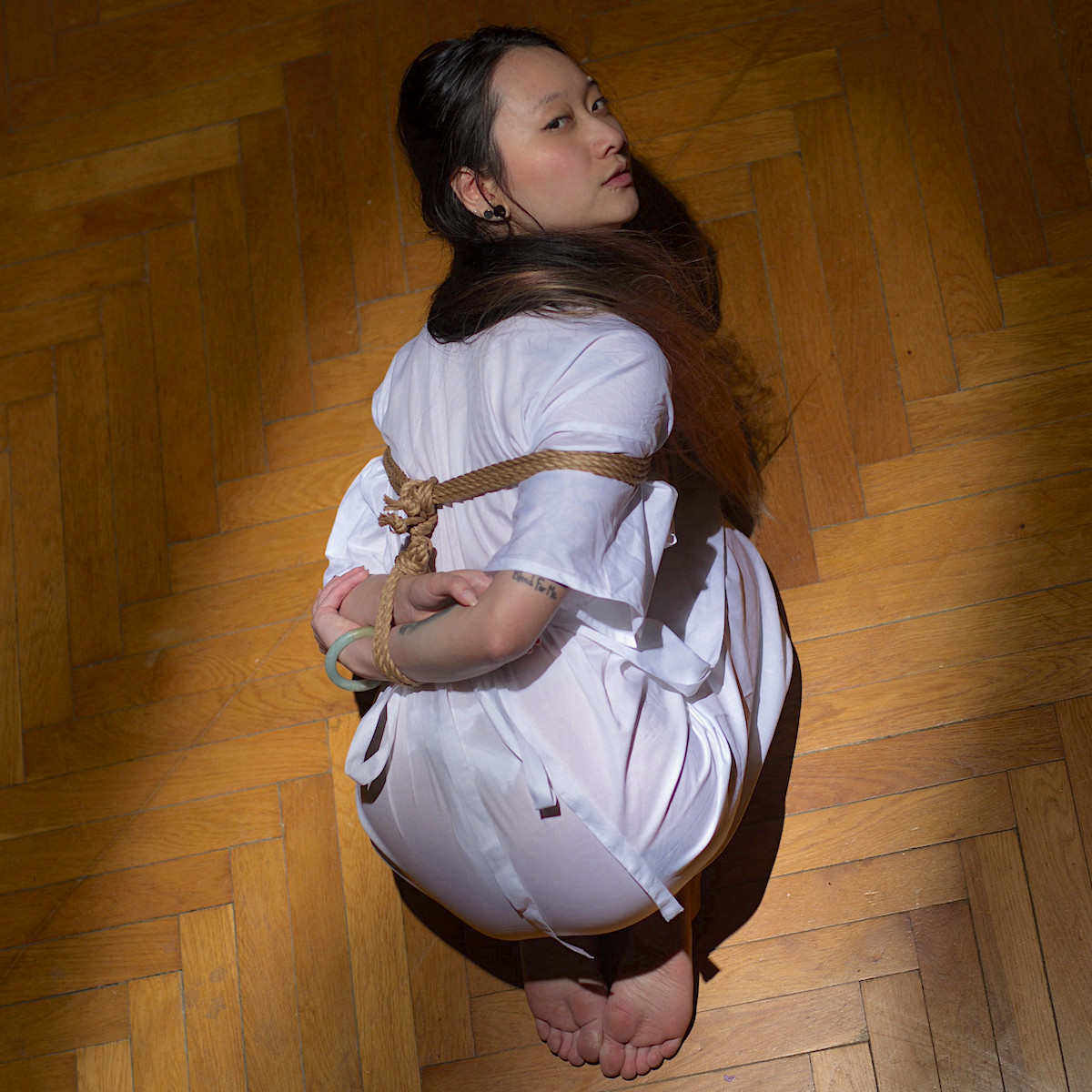Shibari
What is Shibari?

Shibari
The Japanese noun Shibari (縛り) can mean binding, regulation; limit, and/or (a contractual) binding period. An alternative
word used is the noun; Suru verb Kinbaku (緊縛), meaning binding tightly; tight binding, and/or
(sexual) bondage. Ergo, in context Shibari is the Japanese word for tying, or
binding.
Japanese rope bondage participants commonly associate either word depending on first use and/or influence/s. They may use both without differentiation. The act may have more relevance than terminology. One nuance is that Shibari refers to the tying, and Kinbaku may add eroticism and/or sadomasochism (Jp. Seme), but Japanese practitioners generally tend not to analyse in such detail. Japanese perspectives often differ in influence compared to Western for historical, cultural, spiritual, societal and/or hedonic reasons.
Tying in an adult context emerged from secrecy due to illustrative depictions being more legally and/or socially acceptable first, eg. Itō Seiu, and then John Willie. Both influenced rope bondage in Japan. In contextual evolution, the Ero-Guro (erotic-grotesque) artistic genre of the 1920s-30s having parallels with contemporary American pulp fiction, influenced contributor submissions in Kitan Club magazine 1952-75, and later, Manga, etc. The pink film and theatre pornography of the 1960s-70s. The boom of the sadomasochism magazines of the 1970s-80s. Older Japanese refer to this as Showa-era Shibari; Kinbaku pre-1990 when the disposition of the person tied was of greater interest than tying methods used.
In the following era, pornographic photographers, film producers and entertainers realised new markets of enthusiasts wishing to learn, and form, genre renewal and experimentation pushed evolution of suspension. While rope bondage existed globally (eg. Jeandel, Paris 1890s, Klaw, New York 1950s, San Francisco and Texas gay scenes, 1970s, etc.), a lack of legal regulation, combined with demand through the economic boom of the 1960s-90s enabled Japan to commercially pioneer the genre.
Western interest in Shibari grew in Yahoo groups from the late 90s and 2000s, especially effective combined with romantic orientalism, esotericism and mythic feudal history. Shibari rope bondage in Western use has since diversified from the sado-erotic, into a variety of sub-genres: aesthetic; fashion; glamour, exercise; sport; yoga, curative; tantric; meditation, romanticism; combat technique, etc., and is predicted to grow further, especially in Vanilla fields.
Enterprising individuals have sought to package for the mainstream via invented styles and schools, forming groups and dojos, and teaching workshops. And for many, the rope tying technique has now become the predominant focus, ostensibly related to changing attitudes towards fetishism.
